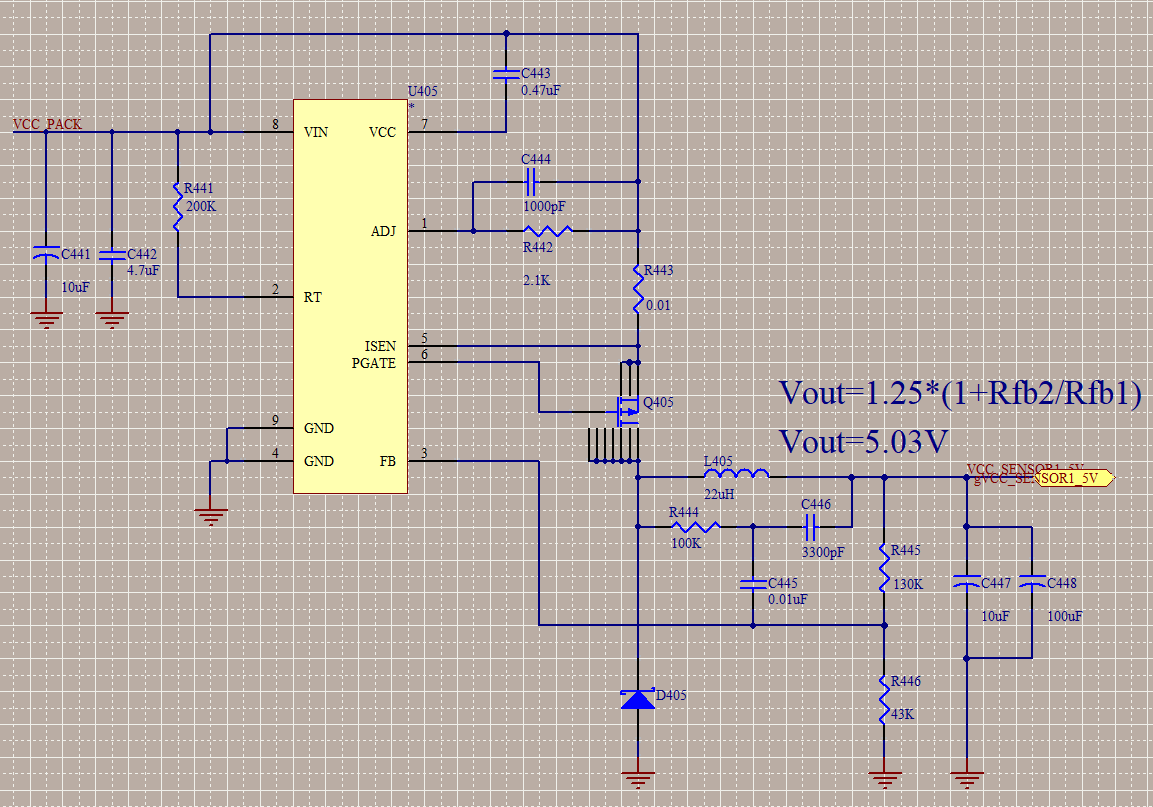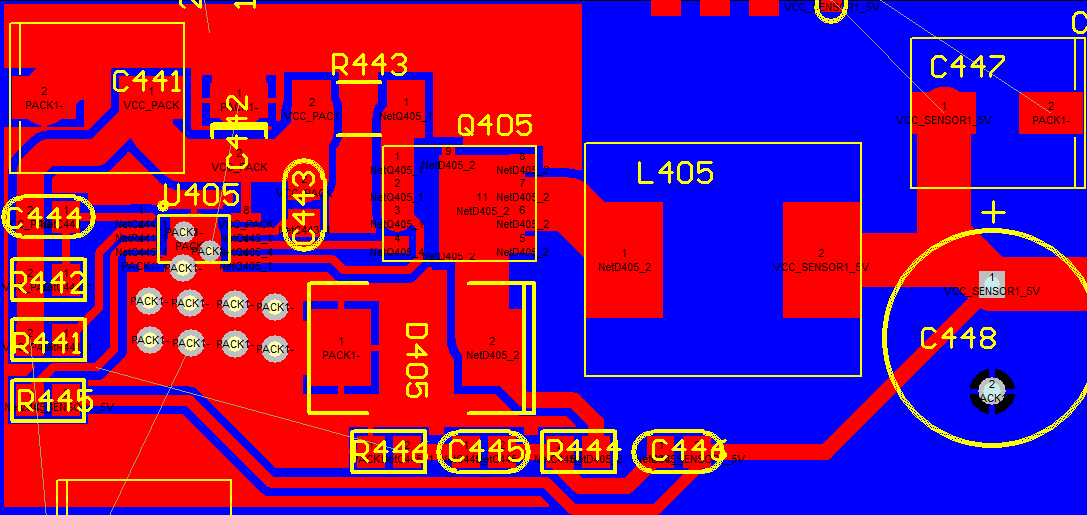Other Parts Discussed in Thread: LM5145, LM5185
I have made a DC/DC with LM5085, but the voltage will drop when the load is added.
Therefore, I have changed the layout of LM5085.
The schematic and PCB is listed as below.
Would you help me have a check?
Would it be OK for 7A load?




